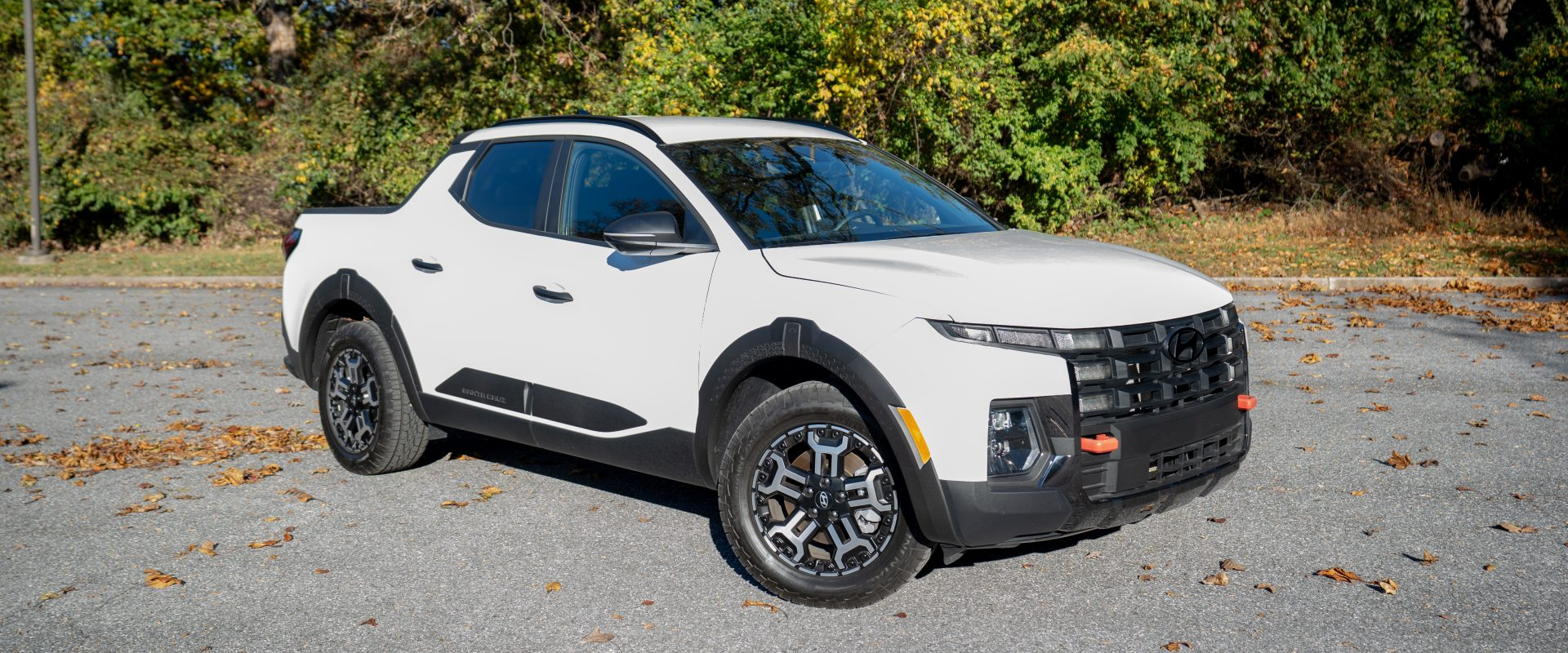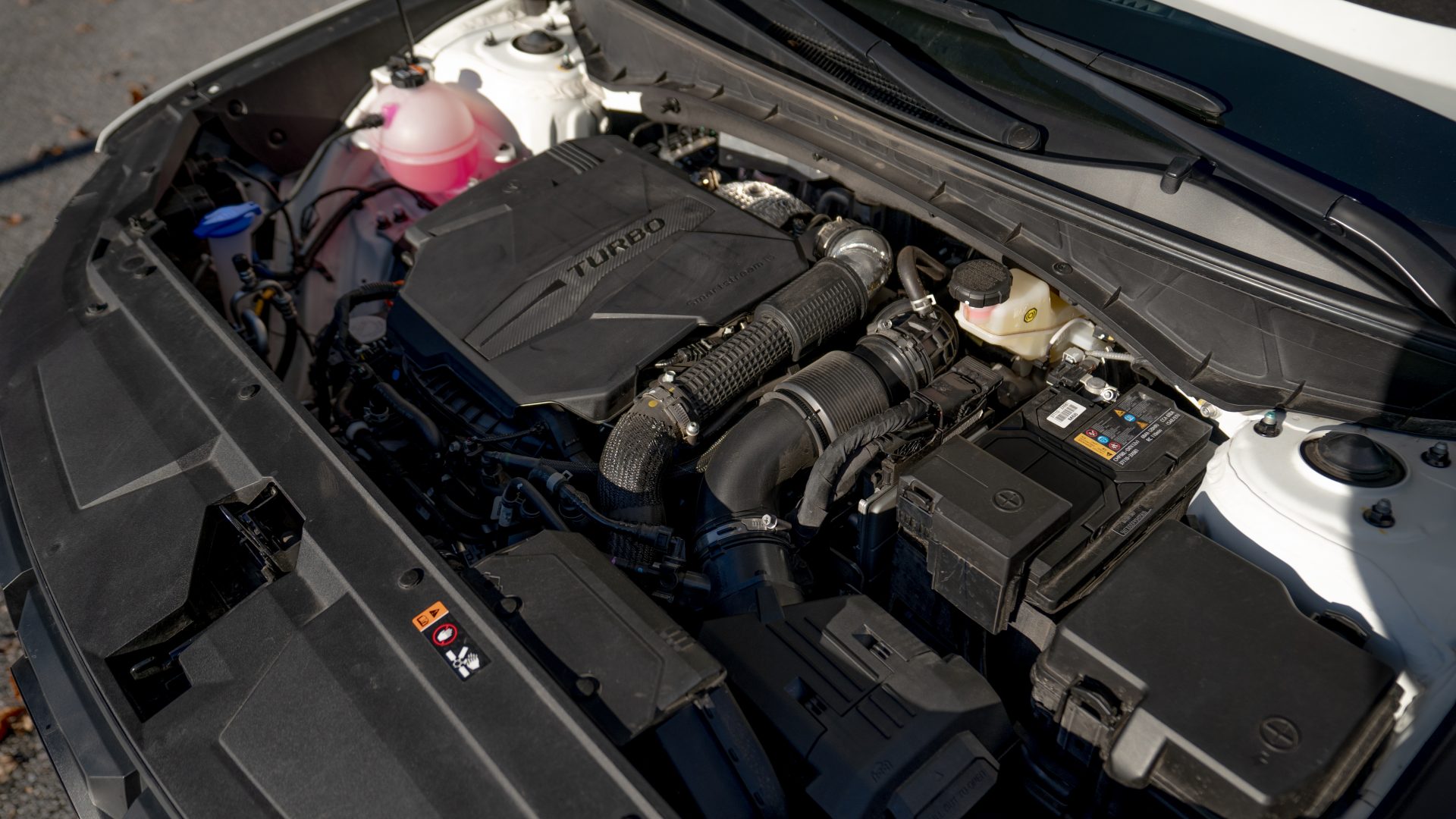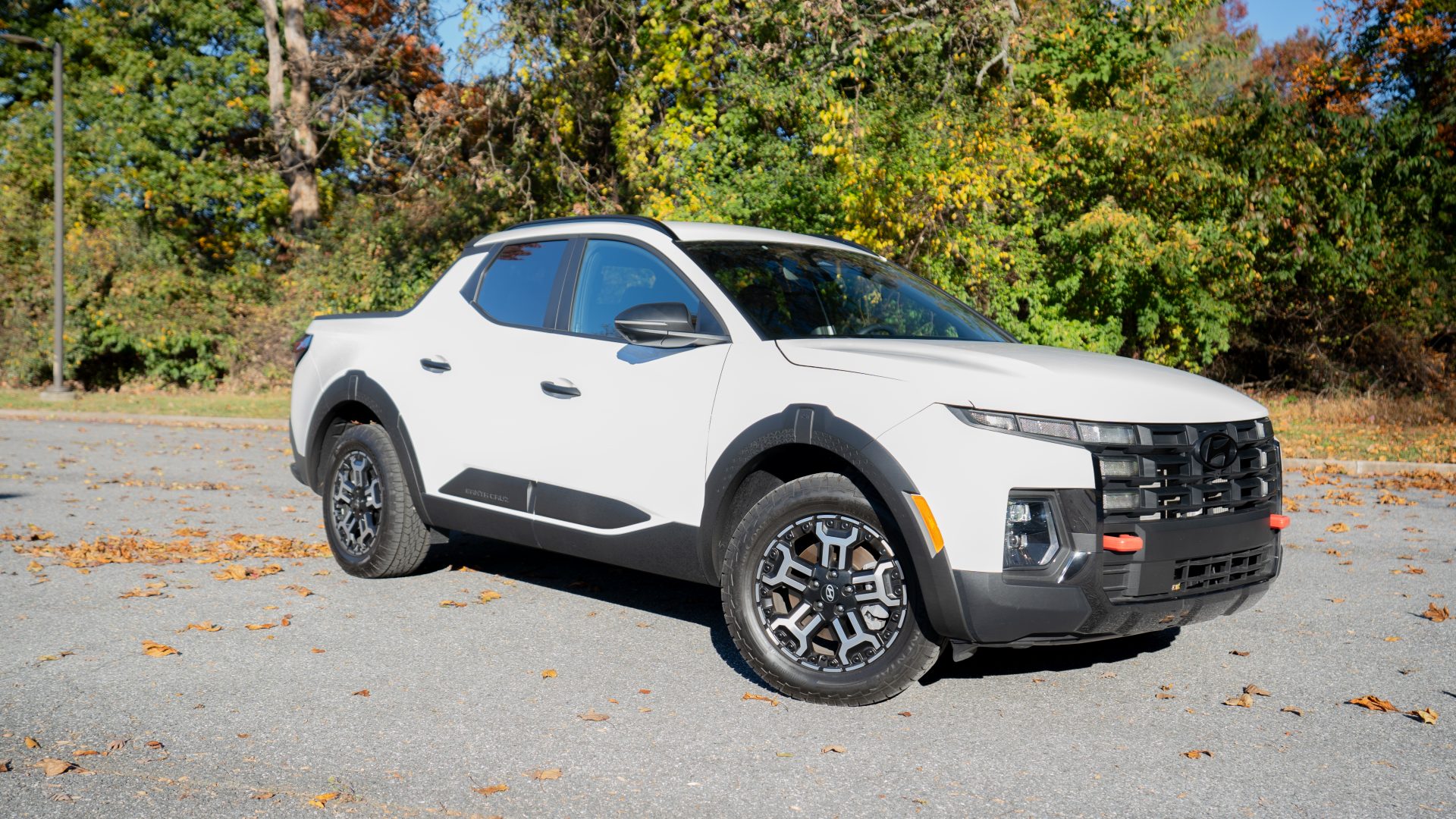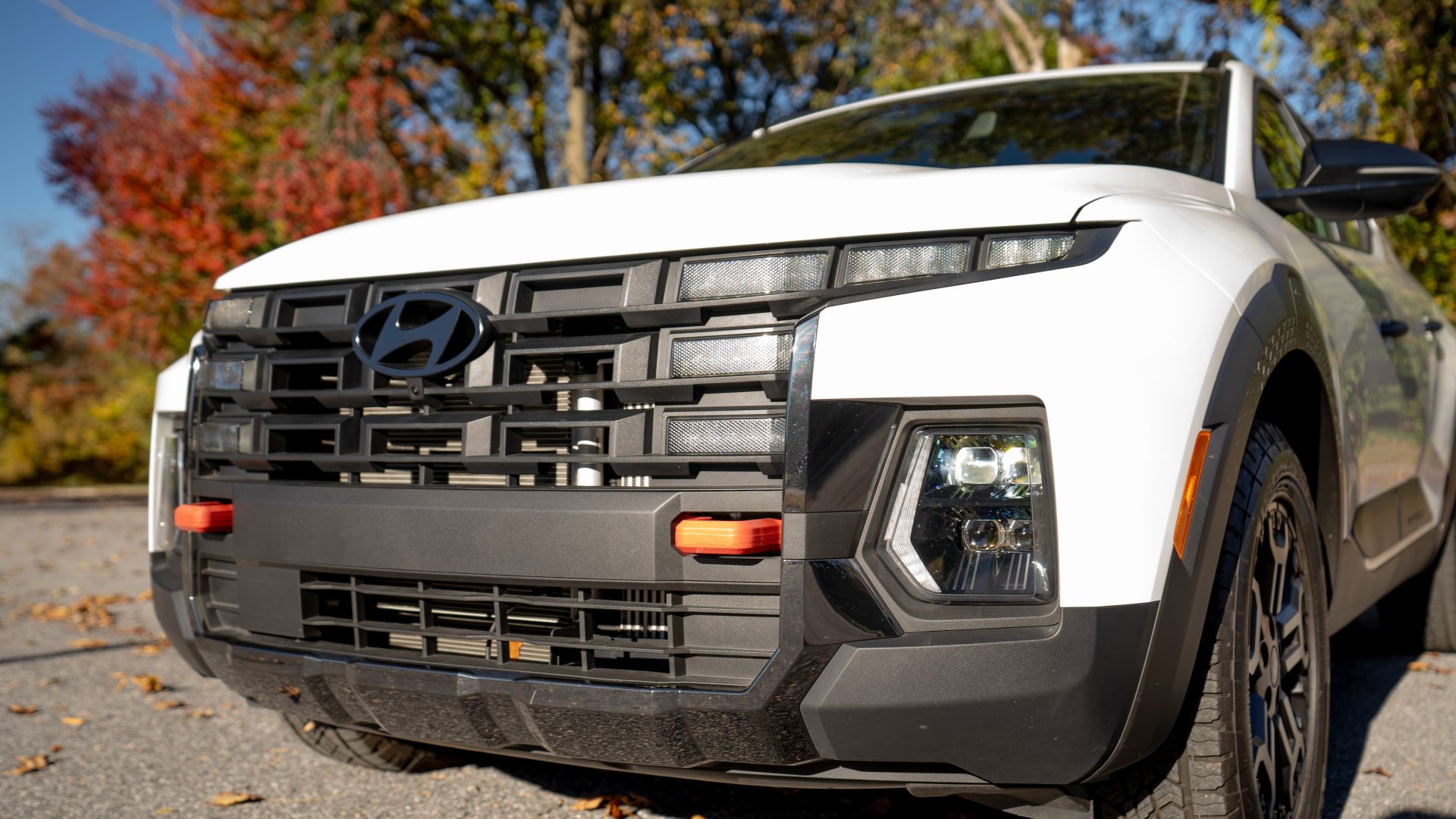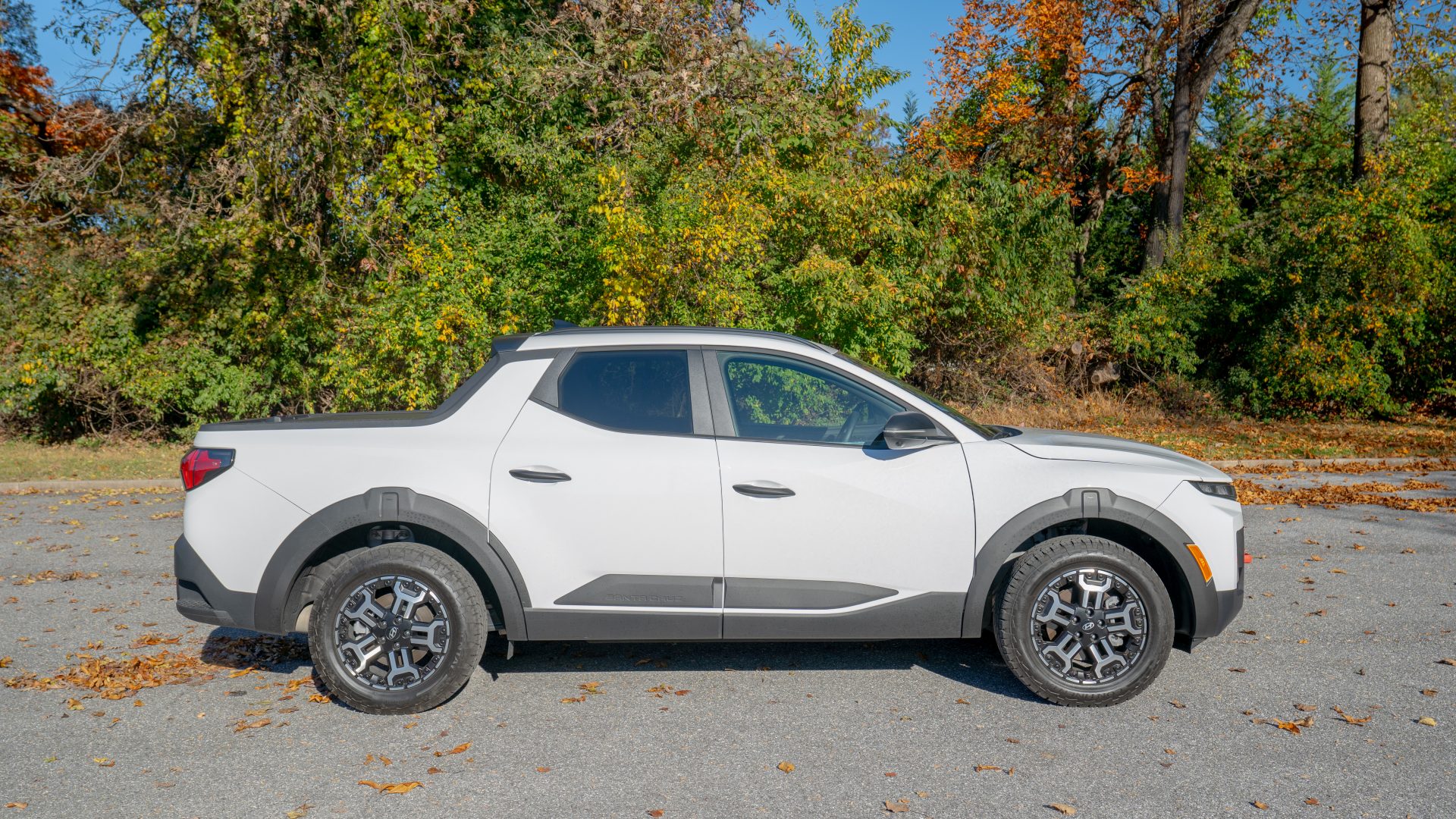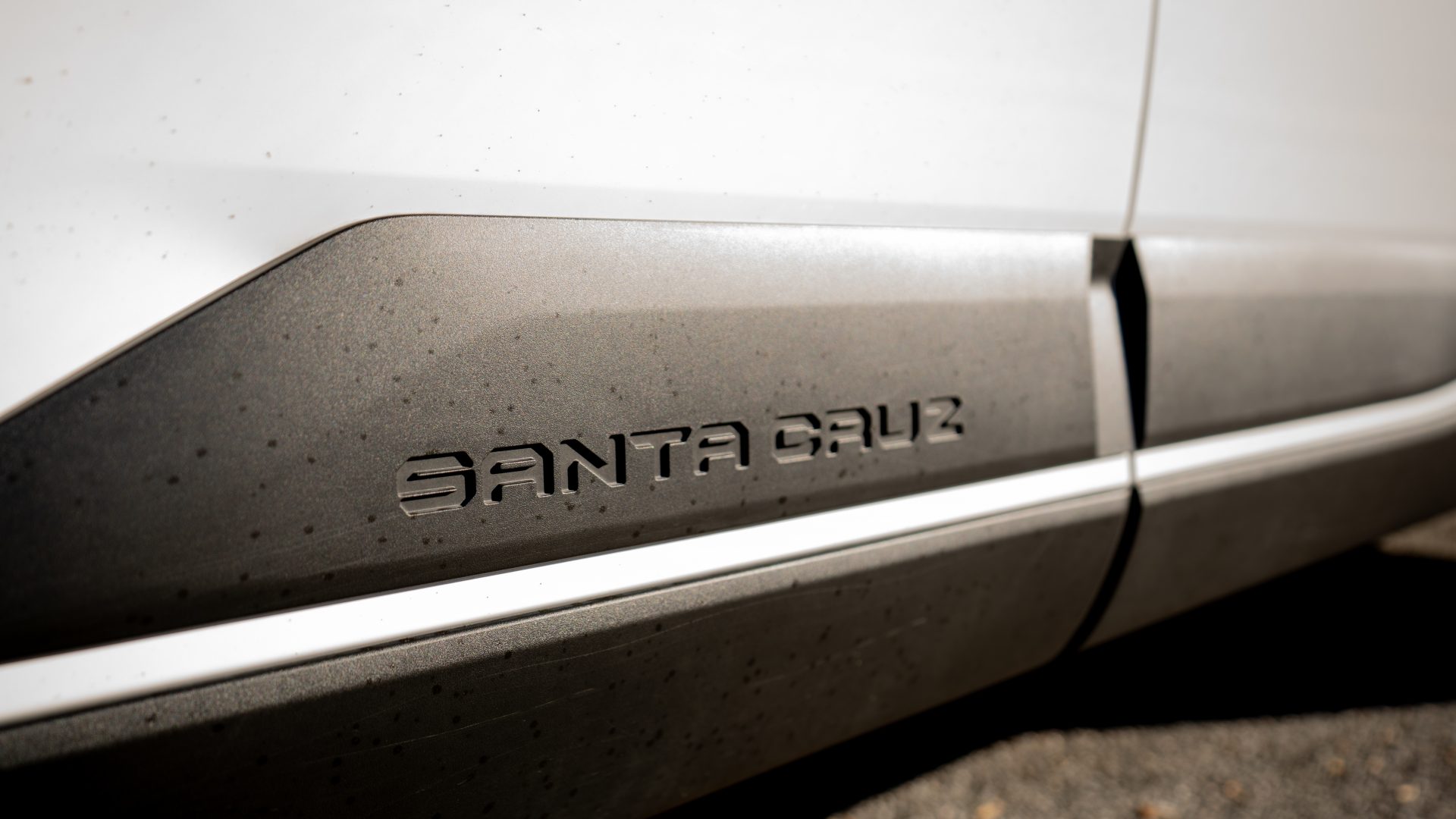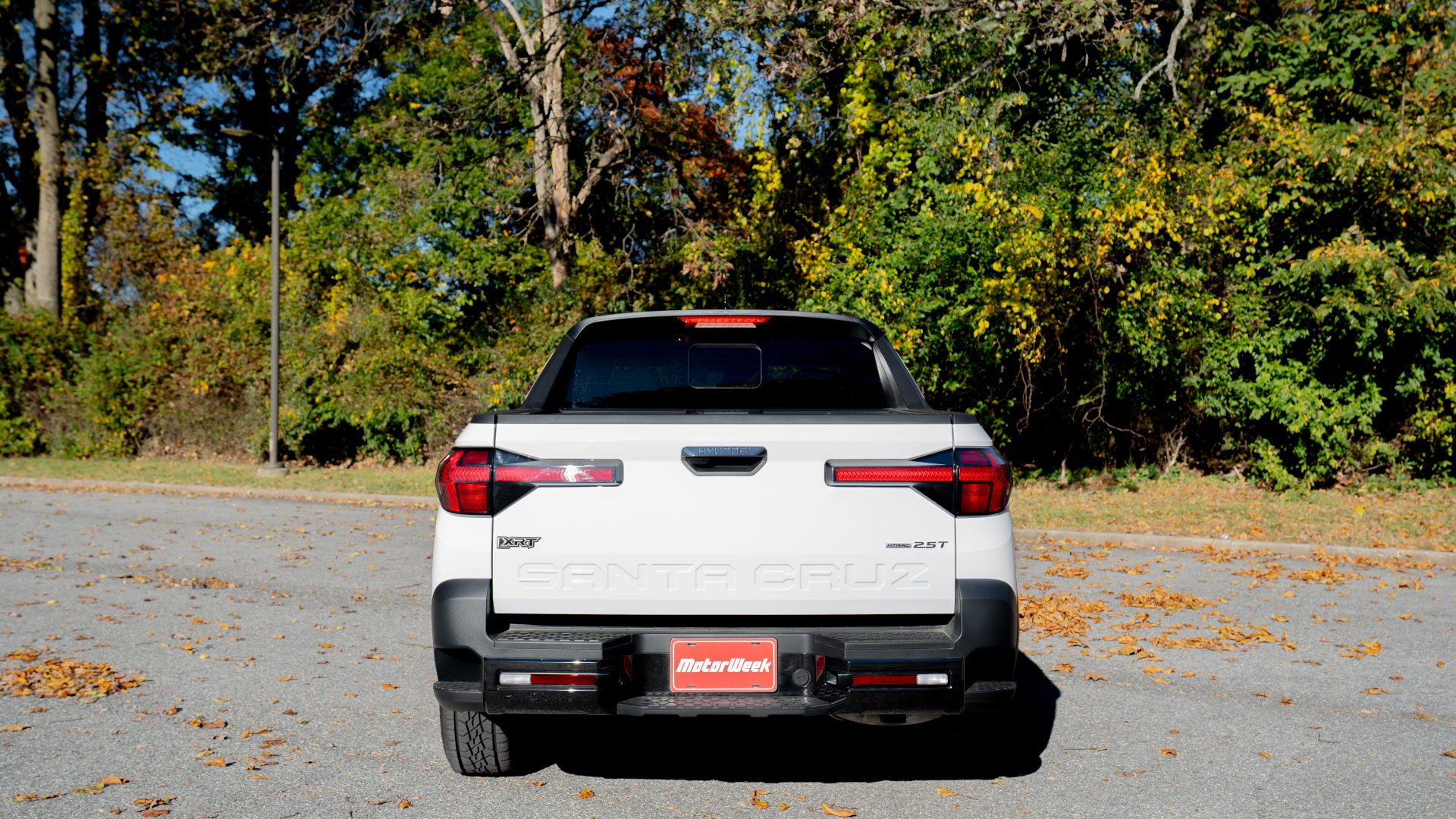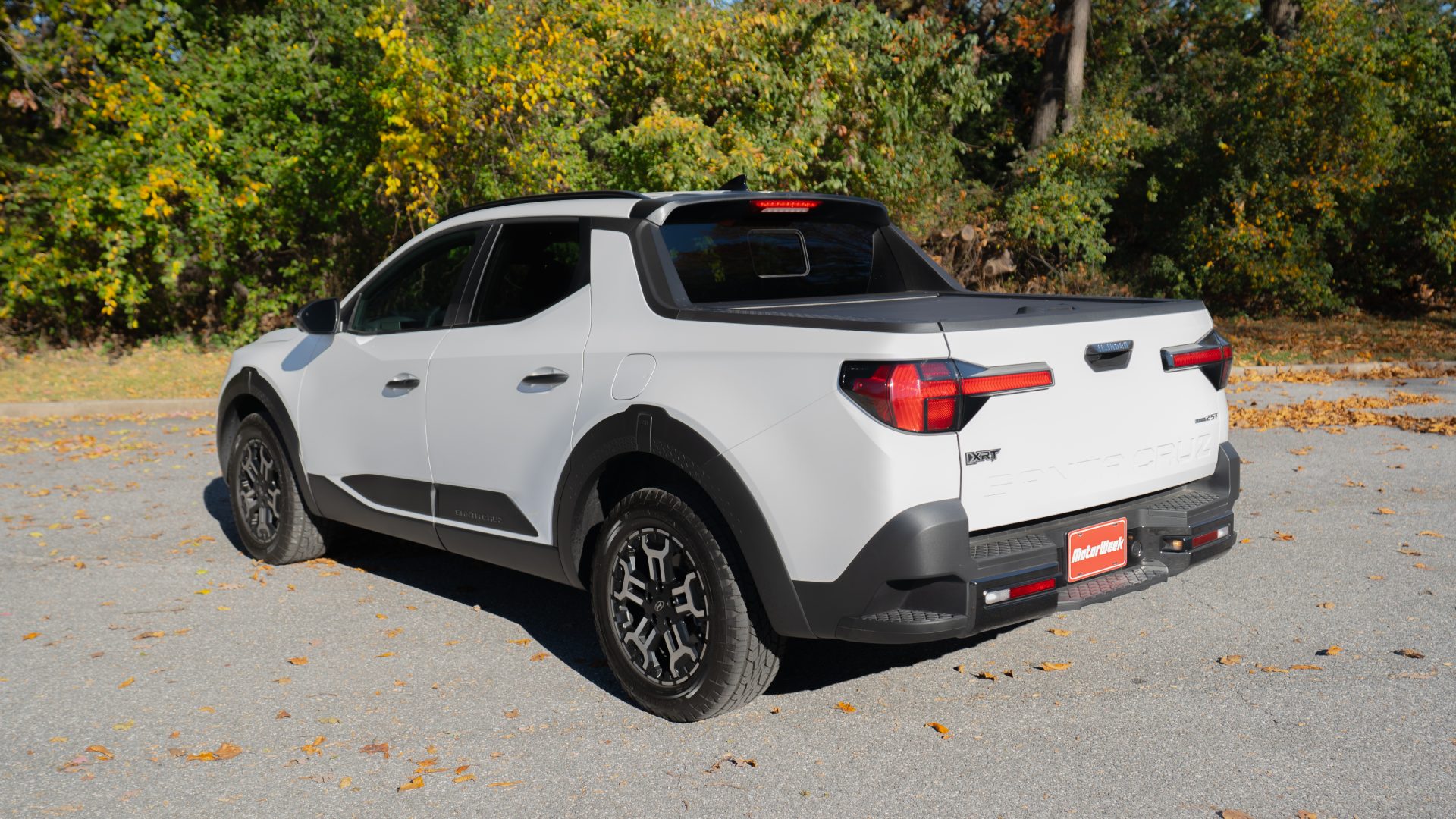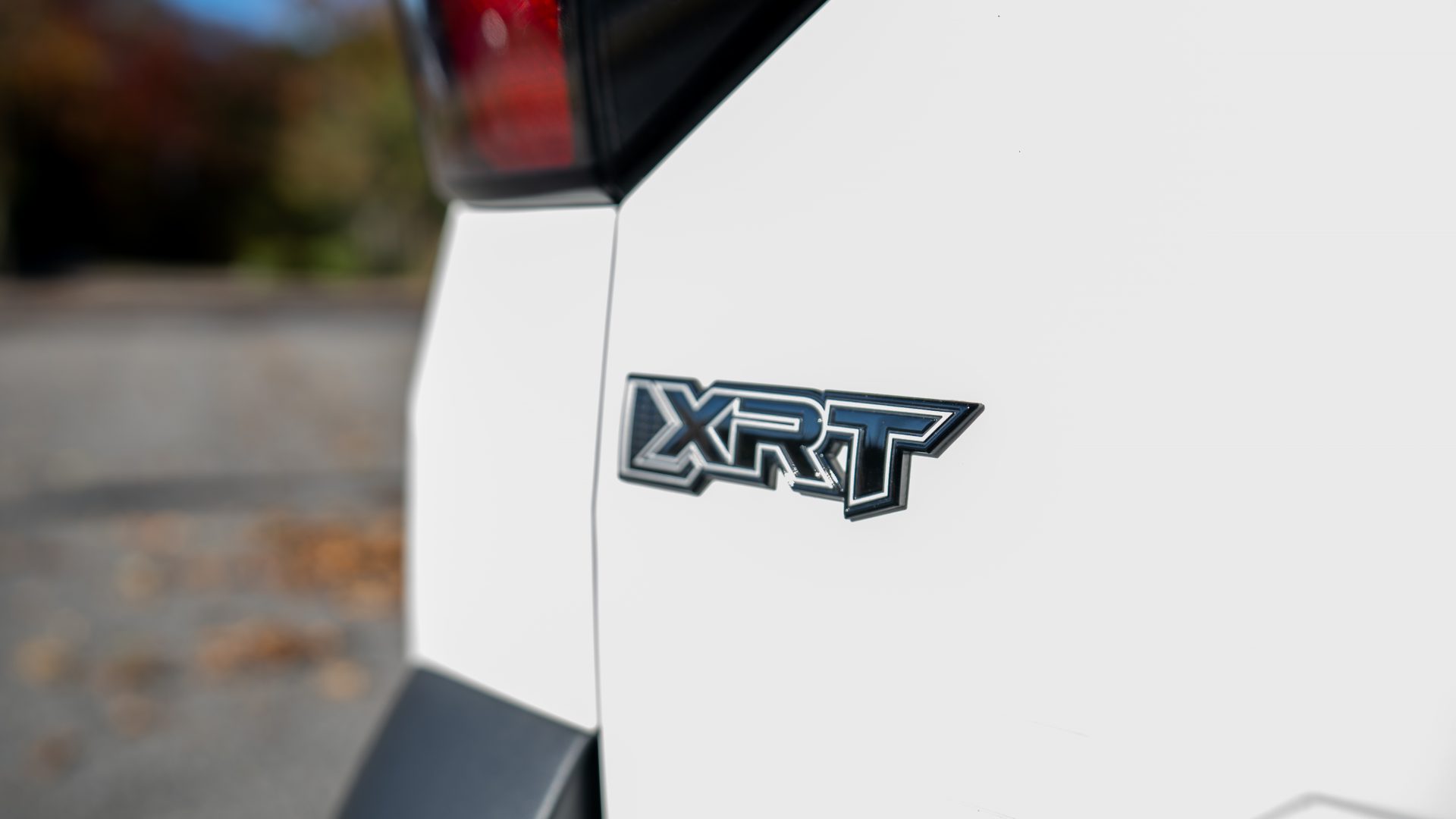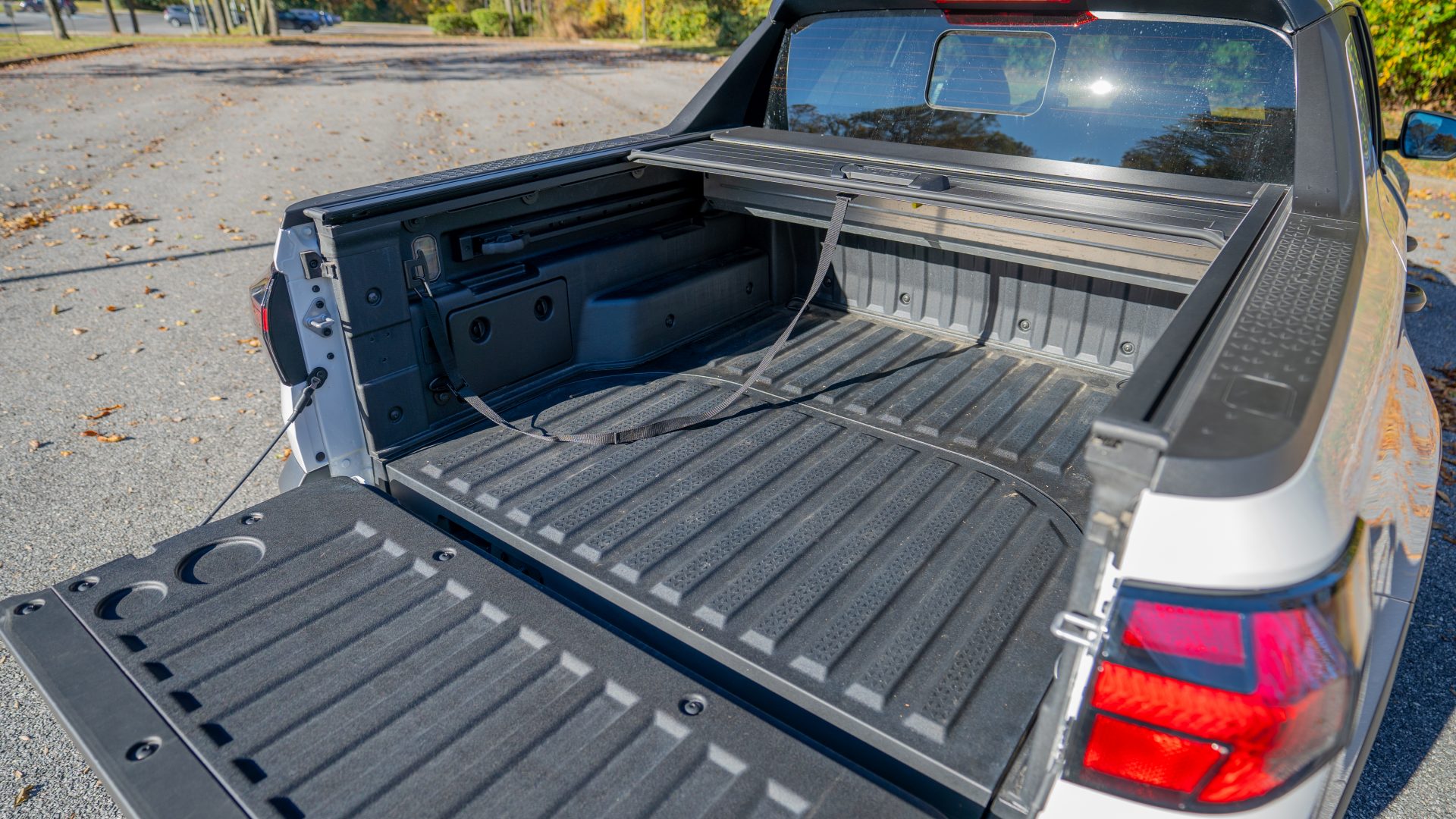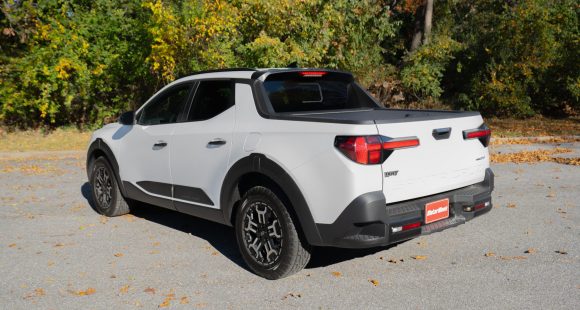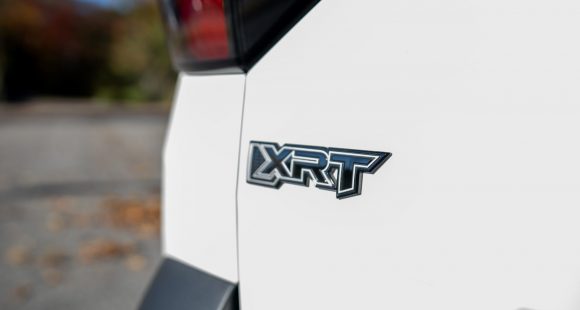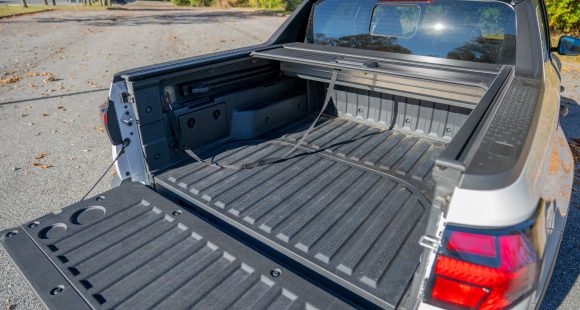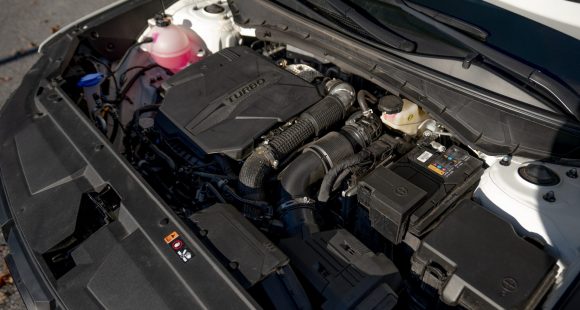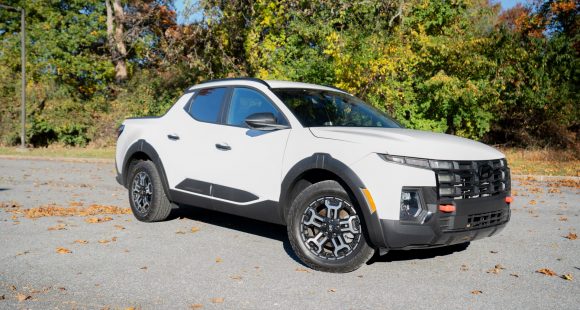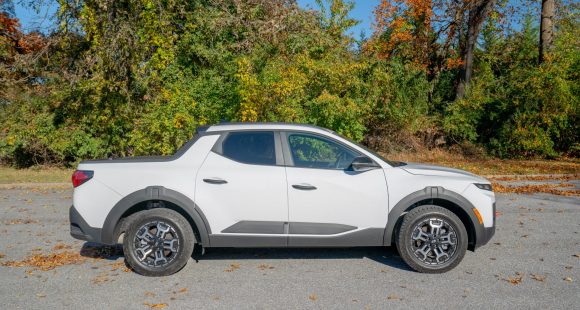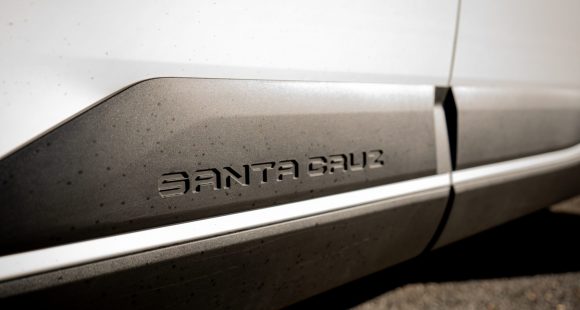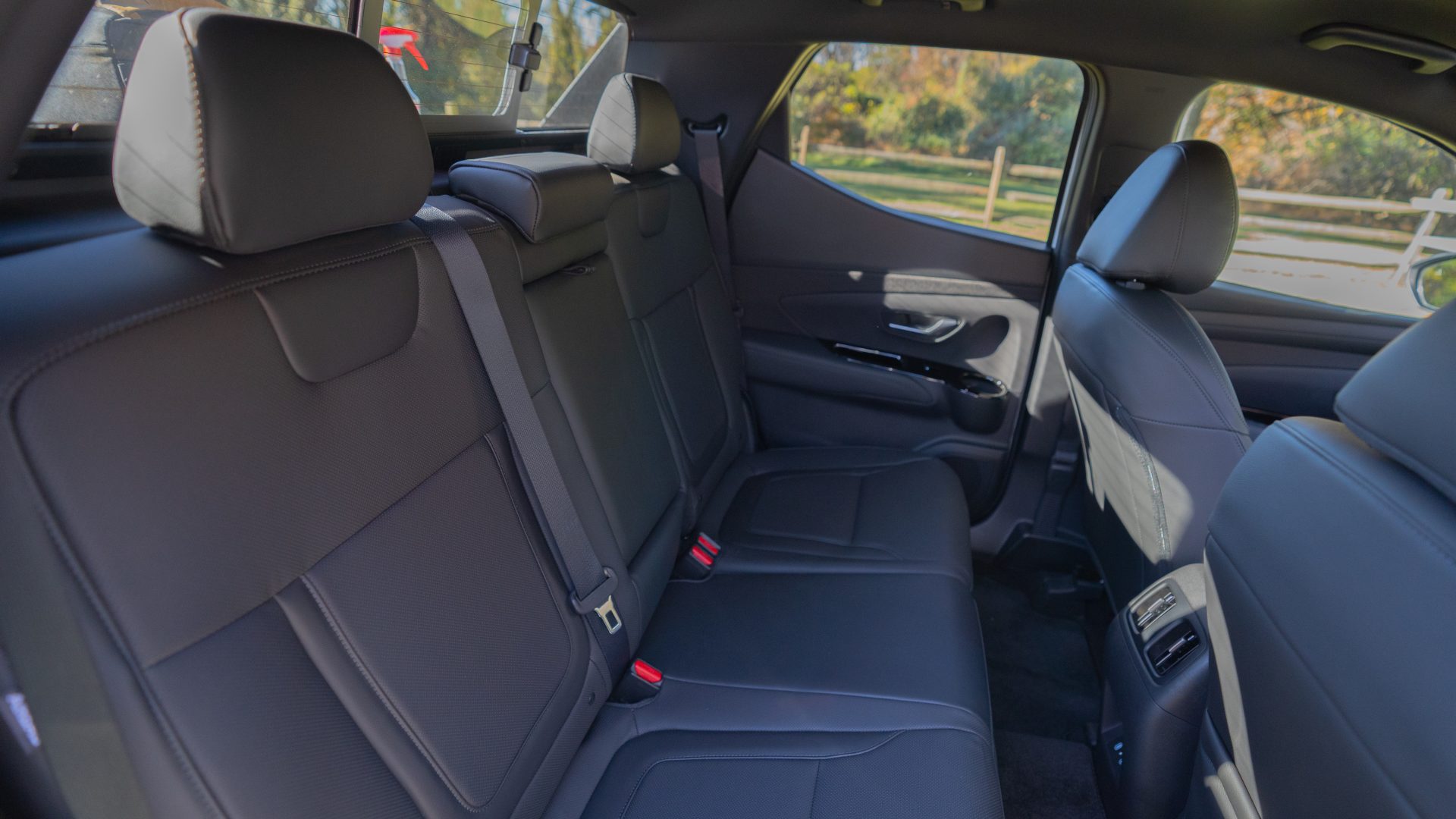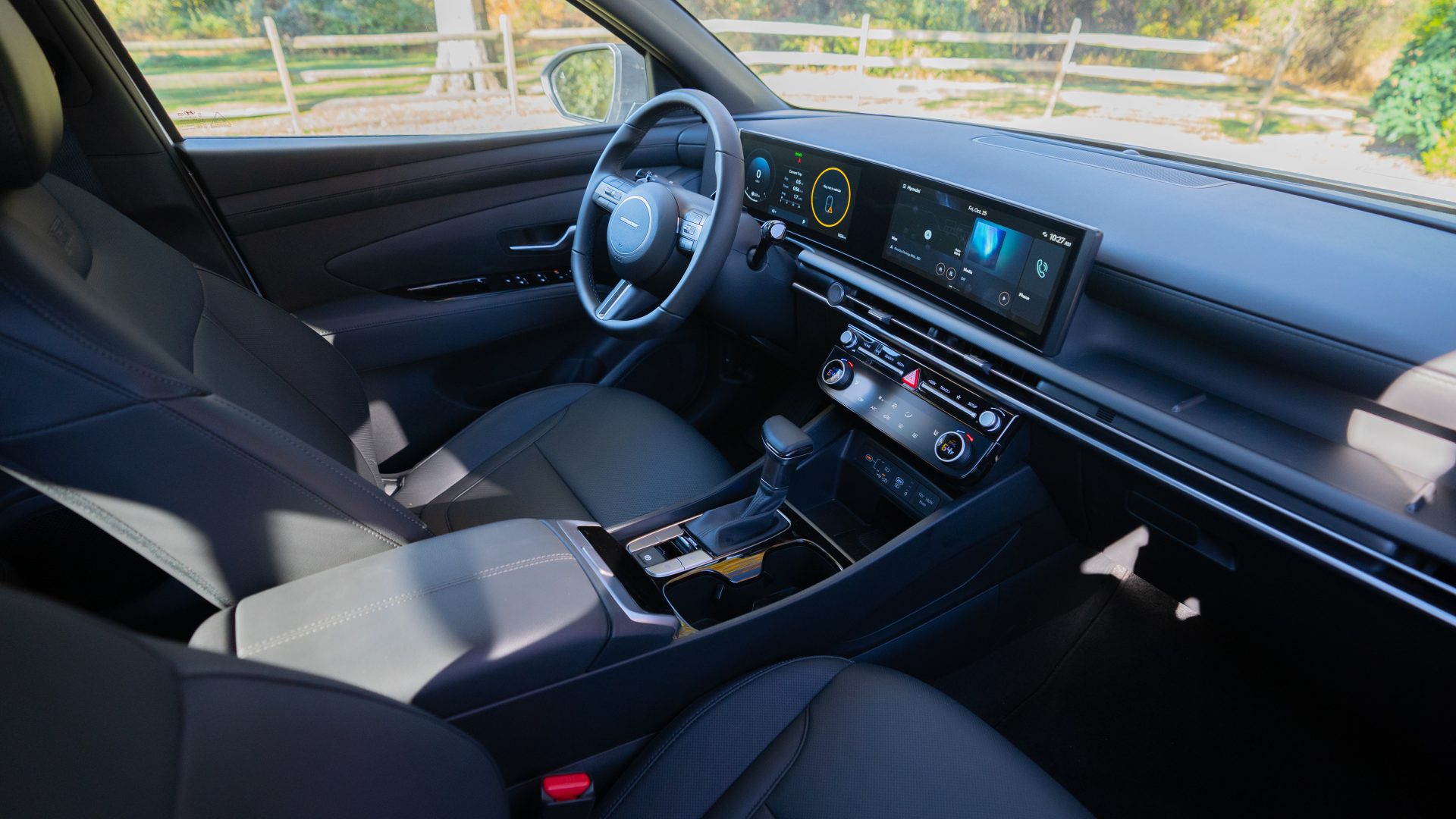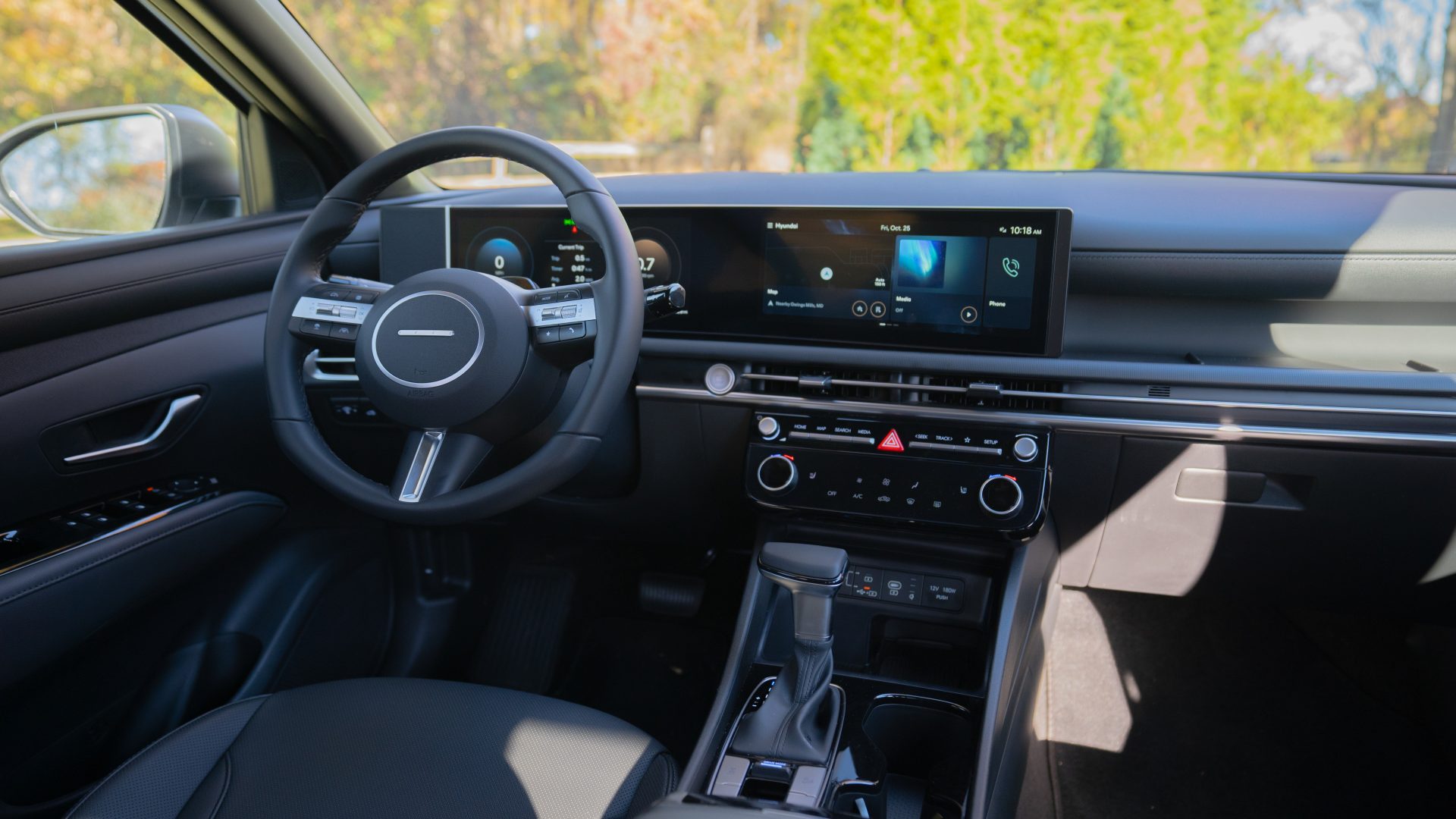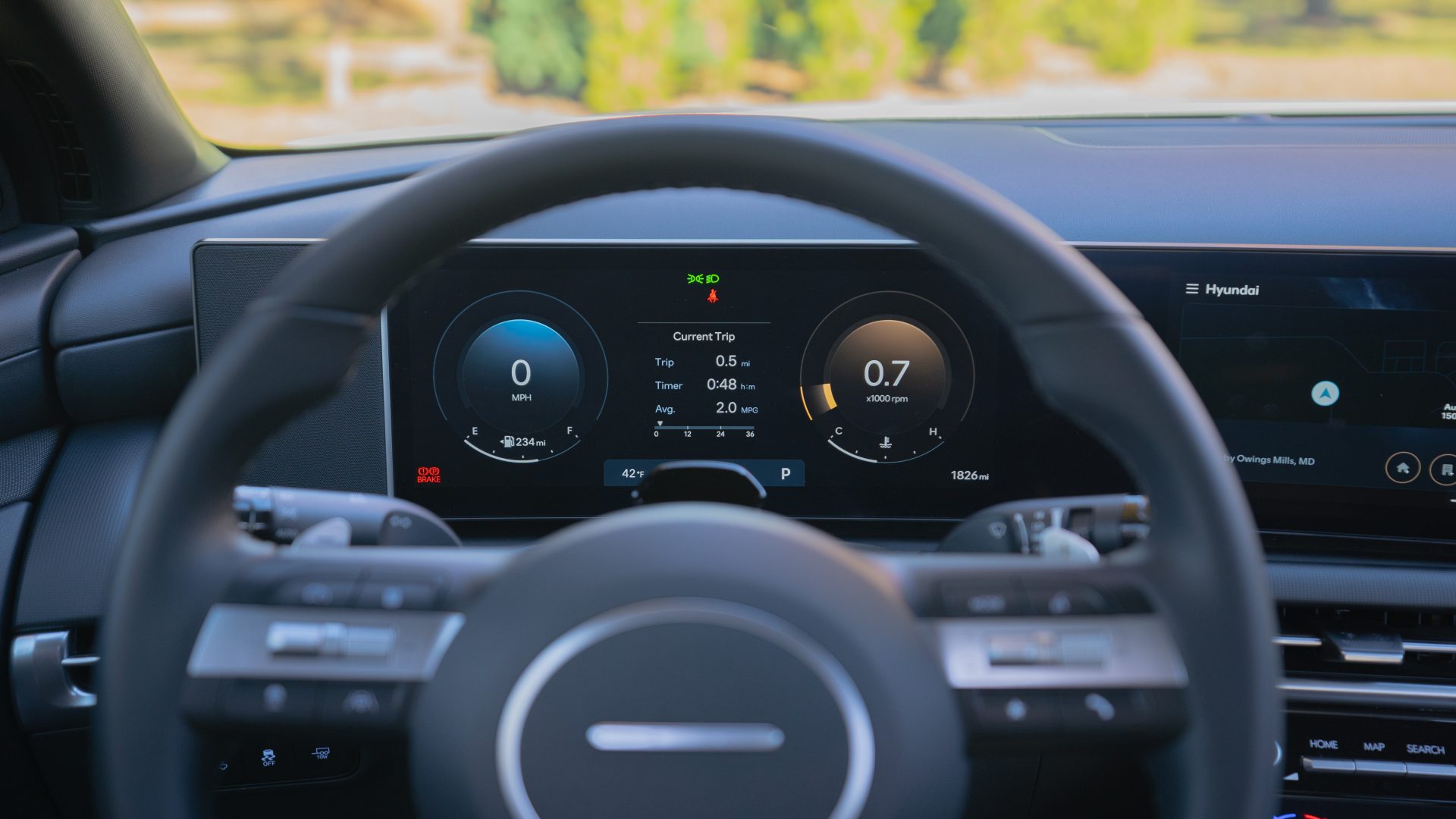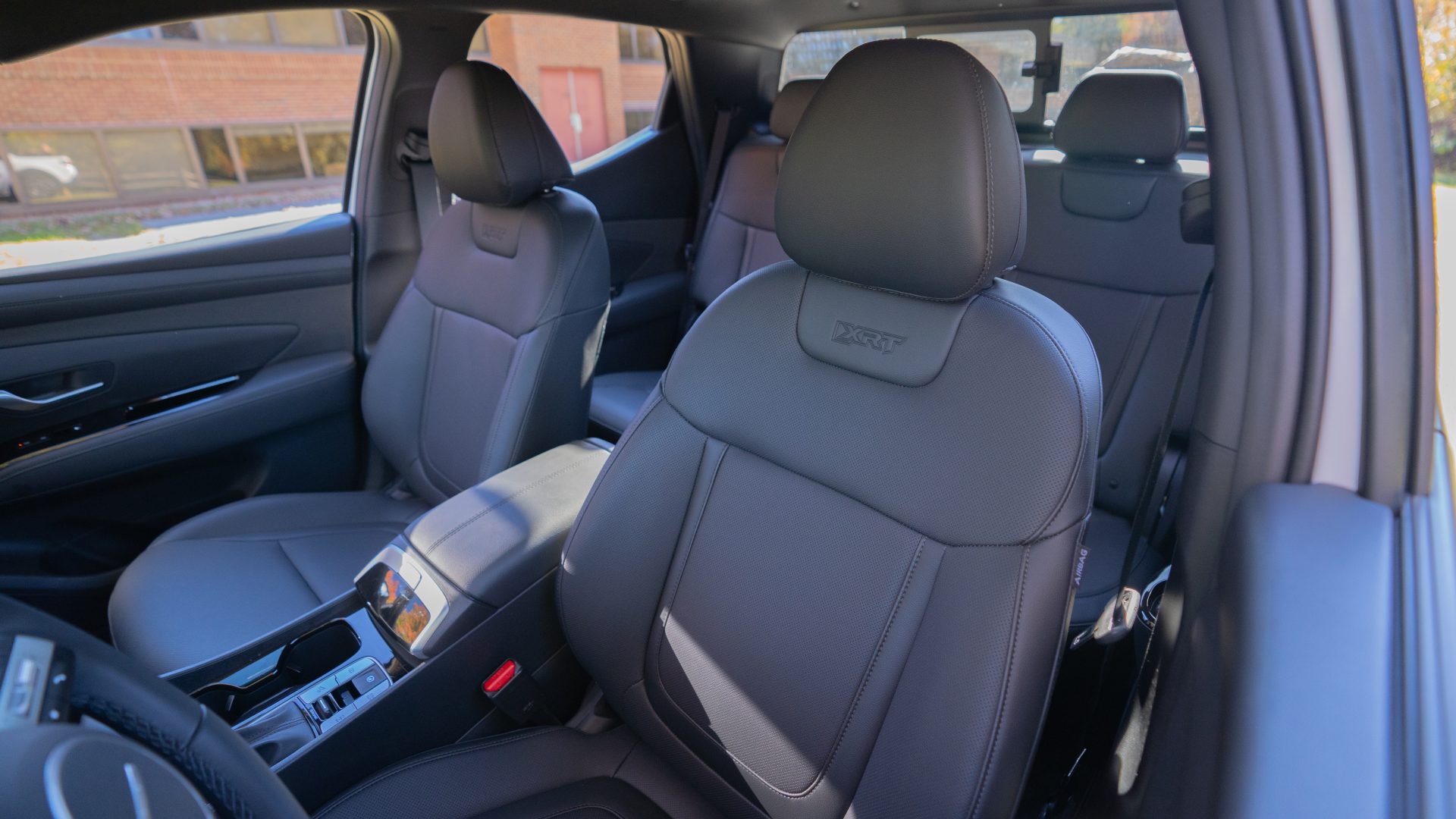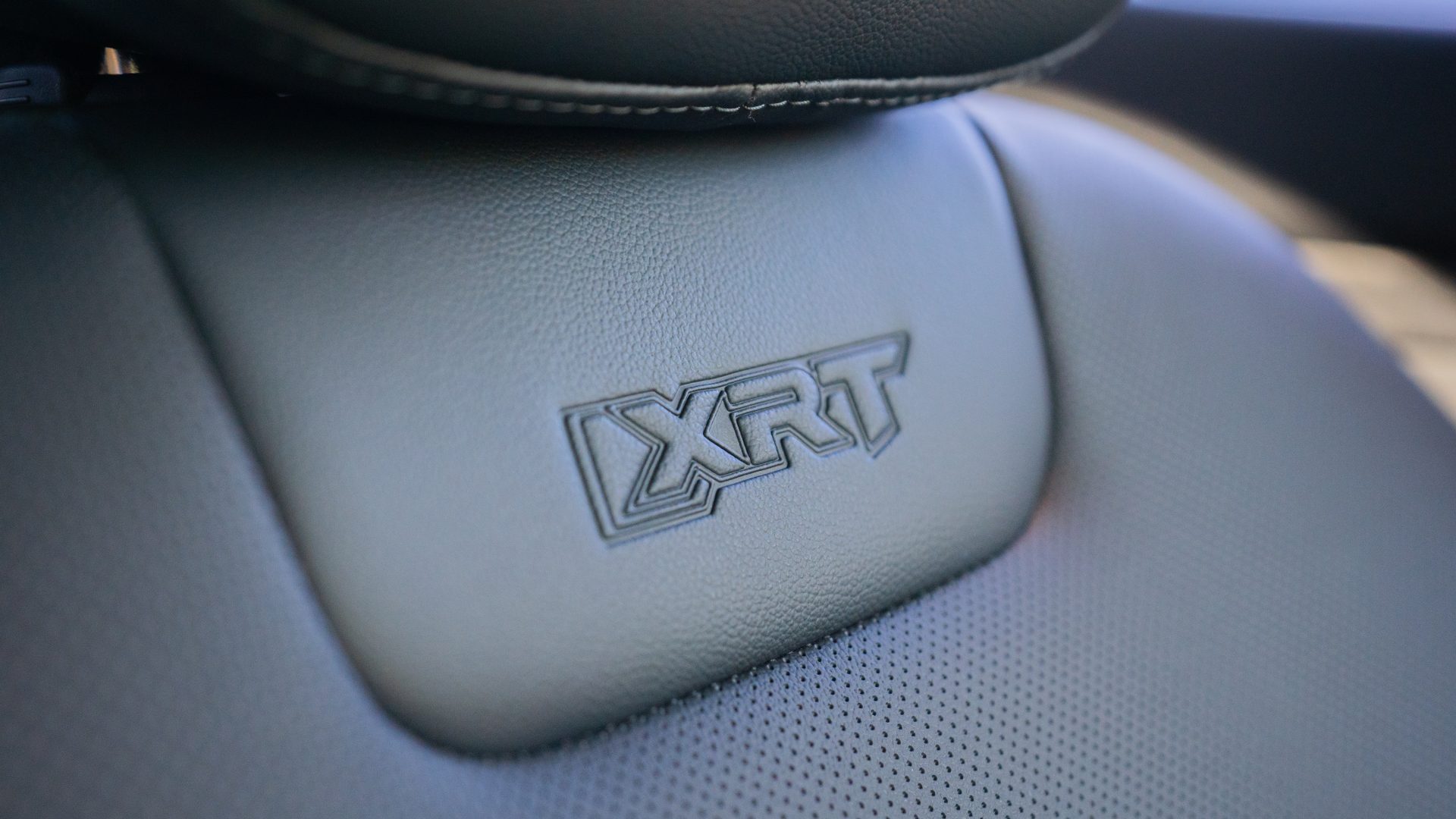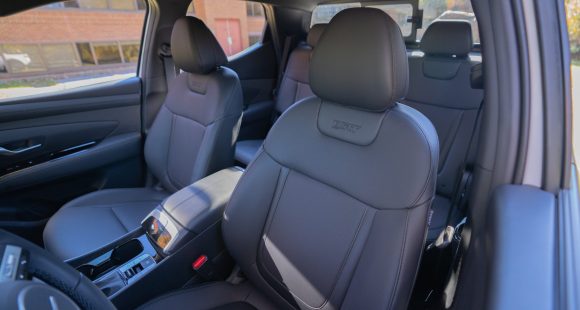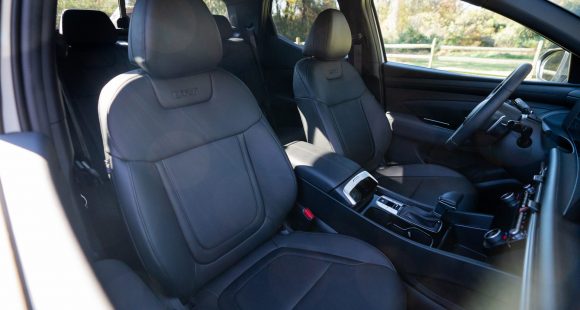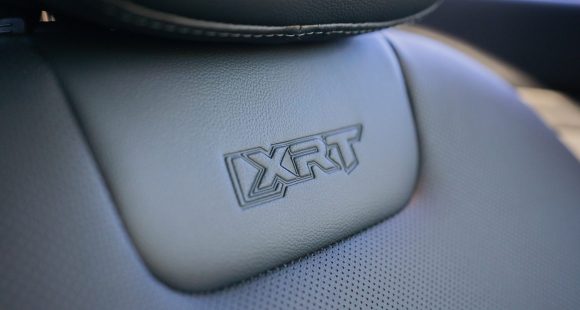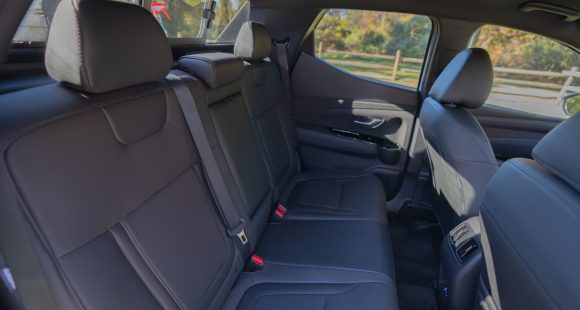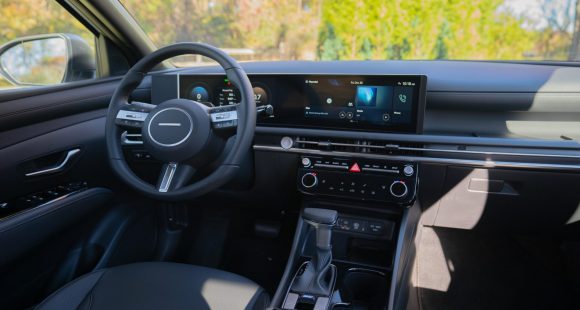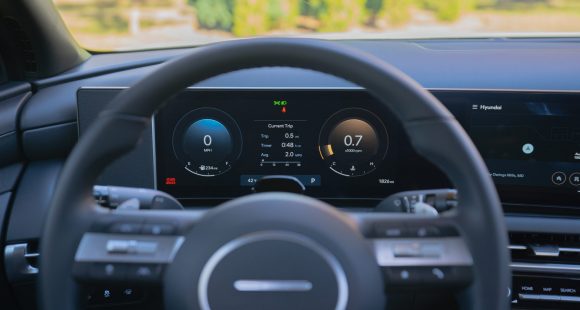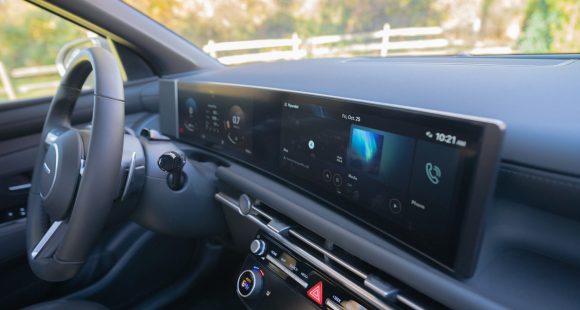2025 Hyundai Santa Cruz
Hyundai’s Trucklet Gets A Lot Techier And A Little Truckier
Small trucks are once again a big deal here in the U.S., with more options to choose from than we’ve had since the 1980s heydays, including newcomers like this Hyundai Santa Cruz. And just like the Hyundai Tucson crossover that it’s based on, the Santa Cruz gets some major updates for 2025. So, it looks like it’s time for us to do some more tiny truckin’!
The Hyundai Santa Cruz pickup truck, and the Hyundai Tucson compact utility that it’s based on, get some significant updates for 2025, mostly revolving around style and tech. So, while our focus here is on the Santa Cruz, just know that most of what you see also applies to the Tucson.
The biggest changes happen inside where the Santa Cruz adopts Hyundai’s curved panoramic display that puts the 12.3-inch driver display and 12.3-inch infotainment screen into a single housing that stretches from behind the steering wheel to over the center stack. And while the center stack itself remains relatively minimal, they’ve redone the climate controls and actually added a few more physical buttons and dials back in. There’s also a better-looking steering wheel with a Driver Attention Sensor behind it; and while the Tucson moved its gear selector to the column, the Santa Cruz keeps its beefy old school shifter right there on the console. That, combined with an overall feel that’s not quite as open as the Tucson, goes a long way towards helping this trucklet feel more truck-like.
XRTs have a Surround View Monitor, Blind Spot Monitoring, and some branded logos. Rear seat room is more plentiful than you’d think seeing it from the outside, but you do sit very upright, and the seats themselves are not very comfy.
Exterior changes center around the usual new grille and wheel choices, but the off-road-inspired XRT gets a tiny bit more serious, featuring a unique front fascia with added tow hooks and a tidied-up undercarriage for better approach angles; plus, exclusive 18-inch wheels with all-terrain tires. No changes to the integrated 4-foot bed with all trims getting storage cubbies on the side of the bed as well as underneath the floor. The integrated bed cover comes with XRT and above or is available in SELs as part of an added Activity package which also adds a sliding rear window.
[It] is certainly one of the best riding vehicles around with a bed.
The Santa Cruz is certainly one of the best riding vehicles around with a bed, nothing rough or tumble here. In XRTs, you will hear a little more road noise from the more aggressive tires, but it’s far from being annoying. And the Santa Cruz’s size makes it very easy to whip in and out of parking spaces.
Nothing changes mechanically; that means a standard 191-horsepower, 2.5-liter naturally aspirated I4 engine in SE and SEL. While XRT and Limited get the turbocharged version of that engine with 281 horsepower, 311 lb-ft of torque, plus standard all-wheel drive. AWD is available on SE and SEL for $1,500. The turbo engine gets a unique dual-clutch transmission which gets an added tow mode for ’25, while the non-turbo works with a traditional automatic; both are eight-speeds. Max tow rating is 3,500 lbs. with the standard powertrain and 5,000 lbs. with all-wheel drive.
After towing our crew to Mason Dixon Dragway, the turbocharged Santa Cruz XRT delivered us to 60 in 6.6 seconds, about half a second slower than what we achieved back in ’22 with a Limited. Full power was a little late to arrive, but once it showed up, it was ready to get to work, providing steady power the whole way down the track. Our best quarter-mile time was a 15-flat at 96 mph. At wide open throttle, DCT shifts were smooth with no power loss moving through the gears, but it does still stumble a little at slower speeds around town.
The handling experience with the XRT was also different from Limited, as the off-road tires struggled to get a good grip on the pavement when we pushed hard; leading to oversteer and more roll than we remember. There was great feel and feedback coming from the brakes in our panic braking runs however; also, consistent fade-free stops from 60 in just 105 feet.
Government Fuel Economy Ratings are 19 City, 27 Highway, and 22 Combined; we averaged a good 23.1 mpg of Regular. That’s an average Energy Impact Score; consuming 13.5 barrels of oil annually, with CO2 emissions of 6.7 tons. Starting price is a low $30,100, but things get much more serious for the XRT which starts at $41,600, though that’s still well below the average transaction price for a pickup truck these days.
So, until Subaru brings back the Brat or Baja or something similar, the 2025 Hyundai Santa Cruz will remain as the most car-like “truck” you can buy. For purists, that’s an absolute turn-off, but for a lot of others, it’s exactly what they desire.
Specifications
As Tested
- Engine: 2.5-liter turbo-4
- Transmission: 8-speed DCT
- Horsepower: 281
- Torque: 311 lb-ft
- EPA: 19 City | 27 Highway | 22 Combined
- 0-60 mph: 6.6 seconds
- 1/4 Mile: 15.0 seconds at 96 mph
- Braking, 60-0 (avg.): 105 feet
- MW Fuel Economy: 23.1 mpg




